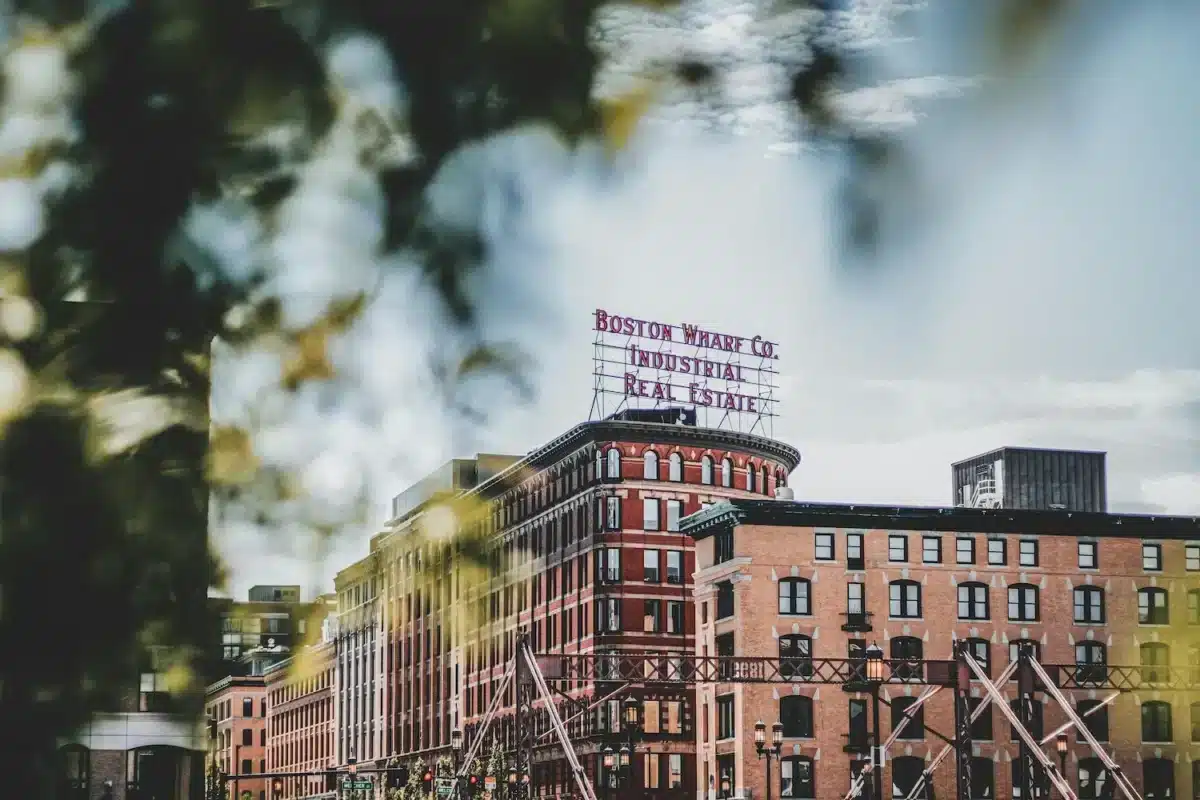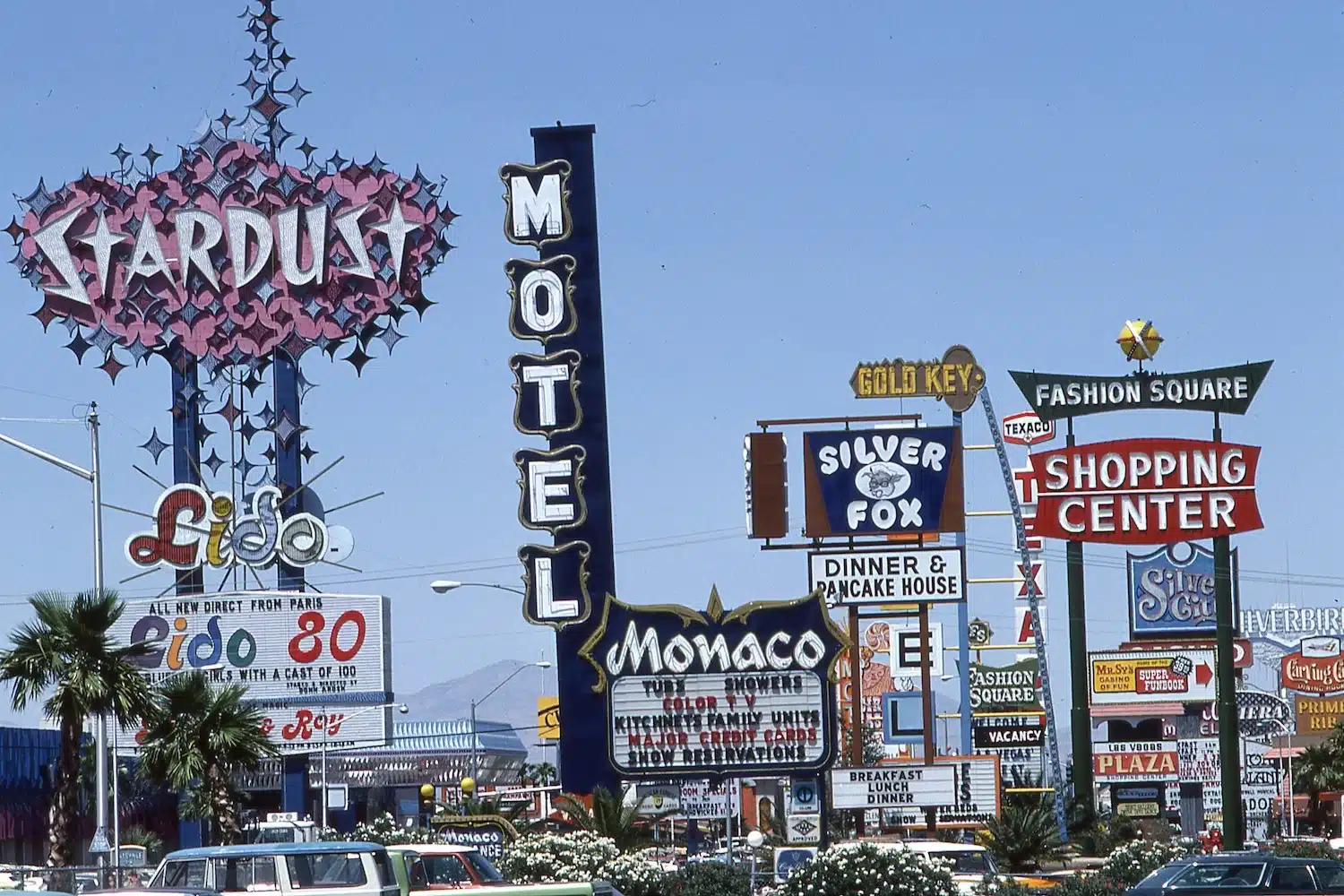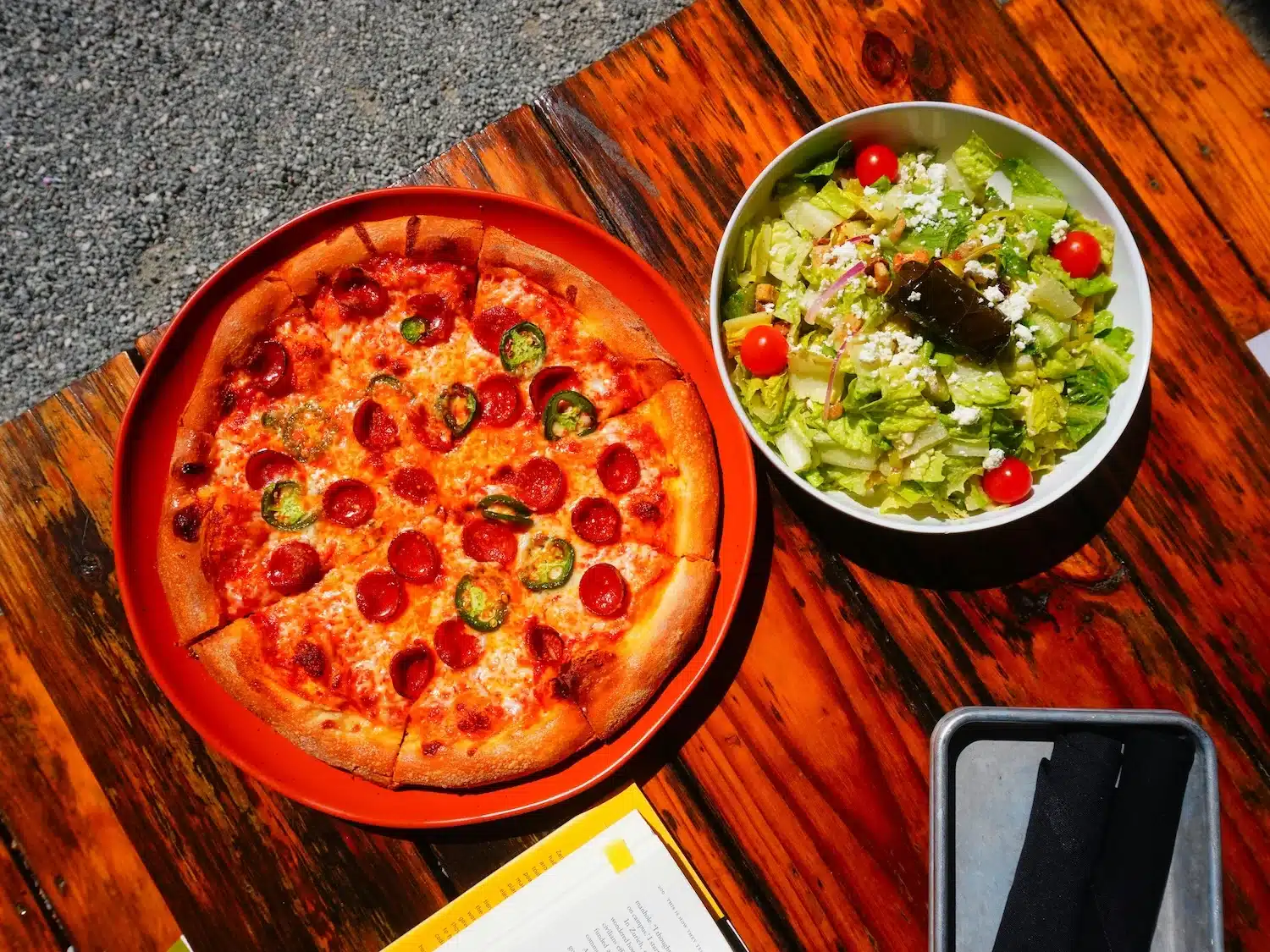Boston consists of 23 unique neighborhoods that create the perfect backdrop for a 3-day itinerary packed with historic sites, museums, and local charm. The city earned its nickname “America’s Walking City” because visitors can discover its rich heritage on foot, especially along the 2.5-mile Freedom Trail that links 17 historic landmarks.
Three days in Boston provides enough time to check out iconic landmarks like Fenway Park, baseball’s oldest Major League stadium, and savor special moments like afternoon tea at Boston Public Library. Your visit will be memorable whether you catch spring’s beautiful blooms or enjoy fall’s pleasant temperatures. We’ve created a detailed schedule that covers Boston’s best attractions.
The quickest way to explore Boston’s fascinating spots is by using the subway system, which costs just $2.75 per ride. This piece details the must-see attractions for each day and recommends the best local dining spots to enhance your experience.
Day 1: Historic Boston and Beacon Hill
American history comes alive on your first day in Boston. The city’s cobblestone streets and centuries-old buildings tell stories of revolution, freedom, and the birth of a nation. This Boston 3 day itinerary starts at the most important historical sites while you get a taste of Boston’s diverse neighborhoods.
Morning: Freedom Trail highlights
Boston Common, America’s oldest public park from 1635, marks the perfect starting point. A 2.5-mile red-brick trail connects 16 nationally significant historic sites and creates the perfect introduction to Boston’s revolutionary heritage. You can cover the most important downtown sites in about 2-3 hours, though the complete trail takes longer.
The Freedom Trail wasn’t part of colonial Boston at first. Journalist William Schofield conceived it in 1951, and it quickly gained popularity with 40,000 people walking it annually by 1953. Now it’s a must-see part of any 3-day Boston visit.
The Boston Common Visitor Information Center offers maps and guided tours. Costumed guides bring history alive through engaging stories, making these tours worth your time.
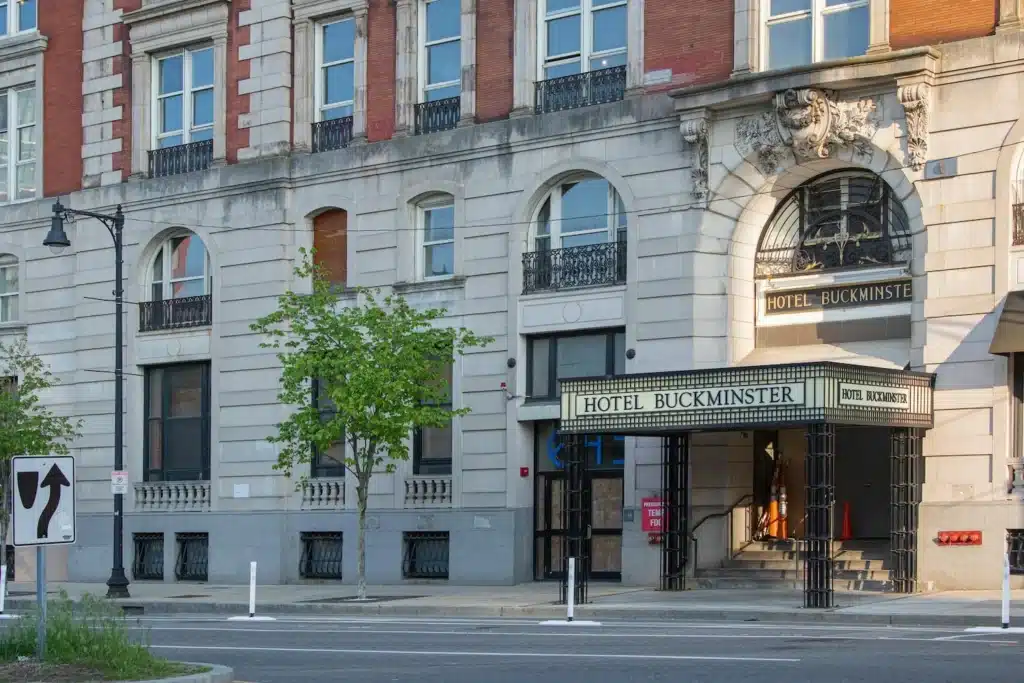
Key sites along the first section include:
- Old State House – Boston’s oldest surviving public building (built in 1713), which served as the center of civic and political life
- Faneuil Hall – Known as the “Cradle of Liberty” where America’s first town meetings were held
- Old South Meeting House – Where the Boston Tea Party debates took place
- Paul Revere House – The oldest remaining structure in downtown Boston (built around 1680) and the starting point of the famous midnight ride
- Old North Church – Where the two lanterns that signaled “the British are coming by sea” were hung in 1775, sparking the American Revolution
History’s weight surrounds you at every turn. Modern city life blends with these preserved landmarks to create an atmosphere unique to Boston.
The section from Boston Common to Faneuil Hall works well if you’re short on time. Save the North End and Charlestown portions for another visit. Our itinerary gives you the full day here, so take your time to explore.
Lunch at Quincy Market
Your morning walk will build up an appetite. Faneuil Hall Marketplace and Quincy Market—right on the Freedom Trail—make the perfect lunch stop. The country’s largest and oldest food hall houses over 30 vendors in a historic building.
This bustling food court gives you plenty of quick, delicious meal options. Some locals might call it touristy, but several standout vendors make it worth your time:
Boston Chowda Co. serves excellent clam chowder in bread bowls—a quintessential Boston meal. Fresh sourdough bread paired with rich, creamy soup will fuel your afternoon adventures.
Wicked Lobstah serves decent lobster rolls for seafood lovers. Better options exist elsewhere, but it’s a good first taste of this New England classic.
Sweet tooth? Try Fomu for local vegan ice cream that even non-vegans love. Joey’s Gelateria or Sprinkles Ice Cream & Fudge Shoppe offer traditional frozen treats.
Boston Public Market offers higher-quality local food options nearby if Quincy Market feels too crowded. Fresh lobster rolls, bagel sandwiches, and other regional specialties await in a calmer setting.
Afternoon: Beacon Hill stroll and shopping
Beacon Hill, one of Boston’s oldest and most beautiful neighborhoods, beckons after lunch. This area showcases some of the finest Federal and Greek Revival architecture from the early 1800s.
The neighborhood’s name comes from three peaks that once defined the area, though only one remains today. People called it “trimount” originally, explaining nearby Tremont Street’s name.
Narrow, gas-lit streets lined with brick sidewalks transport visitors to another era. All major T lines sit within walking distance—though today’s exploration happens on foot.
The Massachusetts State House’s distinctive 23-karat gold dome measures 30 feet high and 50 feet around. This “new” State House opened in 1798 on patriot John Hancock’s former land and remains America’s oldest continuously operating statehouse.
Mt. Vernon Street captures quintessential Beacon Hill charm. Many homes showcase Charles Bulfinch’s Federalist architectural style, America’s first native-born architect’s signature look.
Louisburg Square stands as one of Boston’s most exclusive and expensive residential areas. Former Secretary of State John Kerry’s residence here shows the neighborhood’s continuing prominence.
Acorn Street claims the title of America’s most photographed street. Charles River stones create its narrow, cobblestone path. Well-preserved 19th-century row houses with Federal-style architecture, brick facades and flower boxes create its charm.
Literary giants have called Beacon Hill home. Sylvia Plath lived at 9 Willow Street overlooking Acorn Street, while Robert Frost stayed at 88 Mt. Vernon Street from 1938 to 1941. Henry David Thoreau, Louisa May Alcott, and Nathaniel Hawthorne also lived here.
Charles Street offers numerous antique shops, boutiques, and cafés. This main commercial street provides perfect souvenir shopping or people-watching opportunities.
The African Meeting House, built in 1806, stands as the country’s oldest surviving black church building. Today’s Museum of African American History offers guided walking tours along Beacon Hill’s Black Heritage Trail.
Evening: Dinner in the North End
Boston’s oldest residential neighborhood, dating to the 1600s, welcomes you as day turns to evening. The North End (rarely called Little Italy by locals) packs an impressive collection of Italian American restaurants, delis, and bakeries.
Hanover Street and its surroundings offer several excellent dinner options. Make reservations ahead—these places fill up fast, especially during tourist season.
Antico Forno, “The Most Authentic Italian Restaurant” in the area, specializes in brick-oven pizzas with house-made Italian sausages and mozzarella. Its cozy mom-and-pop atmosphere and world-class traditional cuisine create unforgettable meals.
Giacomo’s Ristorante, another North End fixture, draws lines at this cash-only spot. Fresh pasta and exceptional sauces have customers “licking plates clean” according to locals.
Carmelina’s serves “traditional Sicilian comfort food with a Mediterranean twist”, while Mamma Maria focuses on seasonal ingredients from local markets.
No North End visit ends without cannoli—crisp pastry shells filled with sweetened ricotta. Modern Pastry fills these treats fresh to order. Mike’s Pastry and Bova’s also serve beloved Italian desserts.
Caffe Vittoria on Hanover Street, serving authentic Italian cappuccino since 1929, provides the perfect spot to end your evening. Reflect on your day exploring Boston’s historic landmarks while sipping coffee in this classic setting.
Your first day introduces Boston’s most important historical sites and charming neighborhoods. Revolutionary footsteps, America’s most picturesque streets, and authentic Italian cuisine create essential experiences for any Boston itinerary 3 days or longer.
Tomorrow we’ll explore Boston’s cultural treasures in museums and Cambridge, building on today’s perfect historical foundation.
Day 2: Museums and Cambridge
Our second day in Boston takes us away from the revolutionary sites and heads over to the city’s cultural gems and academic heritage. Today’s boston 3 day itinerary leads us across the Charles River to Cambridge, where two world-famous universities and lively neighborhoods create an atmosphere of intellectual energy.
Morning: Museum of Fine Arts
America’s cultural treasure—the Museum of Fine Arts (MFA)—awaits at 465 Huntington Avenue. This remarkable place houses nearly 500,000 works of art, making it the fifth-largest museum in the United States.
Getting there early at 10 am when doors open lets you enjoy the masterpieces in peace before the crowds arrive. The collections span thousands of years and continents. You’ll need a few hours to see even a portion of what’s here.
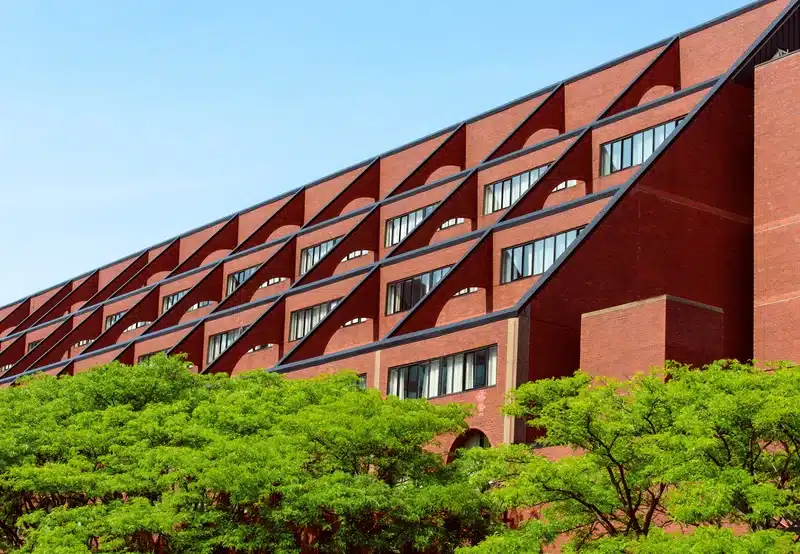
The museum shines with these outstanding collections:
- The Impressionist and Post-Impressionist gallery showcases works by Monet, Van Gogh, and other masters. The newly reimagined Monet Gallery features a large-scale Water Lilies painting (Reflections of Weeping Willows, 1916-19) on loan from a private collection.
- The Egyptian artifacts collection ranks among the world’s best
- Dutch Golden Age paintings and masterful works by Rembrandt, including his “Portrait of a 62-year-old Woman” from 1632
- The Van Gogh collection features the beloved “Postman Joseph Roulin” painted in 1888
Pick the areas that interest you most instead of trying to see everything. The museum’s size means a full day wouldn’t be enough, so smart choices help make your morning count.
Adults pay $25, seniors and students $23, and youth ages 3-17 pay $10 (free on weekends and after 3 pm on weekdays). The museum checks coats for free but won’t take valuables like laptops or cameras.
The museum’s modern design creates a perfect setting for art. A pyramid-shaped roof and glass ceilings across seven levels fill the space with light. The central atrium’s giant Calder mobile offers a great spot to rest between galleries.
Remember that large items (over 11″ x 15″) must be checked, including backpack-style child carriers and umbrellas. Bags with medical equipment or baby care items are the only exceptions. Planning what to bring makes everything easier.
Lunch at Tatte Bakery
The museum tour builds up an appetite. Cambridge’s Tatte Bakery & Café serves as the perfect lunch spot. Israeli-born pastry chef Tzurit Or started this Boston favorite in 2008.
Tatte blends Israeli, Mediterranean, American, and European flavors. The space welcomes you with intricate tile floors, bright subway-tile walls, and cozy café tables.
The menu features several crowd favorites:
Shakshuka comes in different versions. The lamb meatball option with labneh and sweet peppadew peppers comes with three slices of toasted challah.
Other hits include the prosciutto and fig panini with brie cheese, cauliflower pita sandwich, and all-day breakfast items. The potato fritters deserve special praise—crispy latkes with Parmesan cheese and mint come with tomato jam.
The bakery counter tempts with treats like halva brownies, pistachio croissants, and berry-topped cheesecake. Their passionfruit krembo combines passionfruit curd with vanilla meringue.
Great coffee pairs perfectly with any meal or pastry. Two meals, coffee, and two desserts run about $50 before tax and tip—fair prices for such quality.
This lunch spot gives us energy for the rest of our boston itinerary.
Day 3: Boston’s Waterfront and Parks
The last day of our Boston trip brings us closer to nature and sports, two things that make this historic city tick. We’ll wander through lush gardens, grab fresh seafood right from the harbor, check out the buzzing waterfront, and end our day at America’s favorite ballpark.
Morning: Boston Public Garden and Common
Our third day starts at America’s first botanical garden – the Public Garden, which opened its gates in 1837. This 24-acre Victorian garden lets you escape the city bustle on paths made just for leisurely walks. Unlike other parks of its time, the Public Garden was built to show off the art of gardening with decorative touches from day one.
Boston Parks and Recreation Department grows more than 80 plant species here. The garden’s charm comes from its Victorian-style flower beds that burst with color in every season except winter. Since 1840, about 26,000 tulips have put on a stunning show each May that lasts over a month, creating one of Boston’s most photographed scenes.
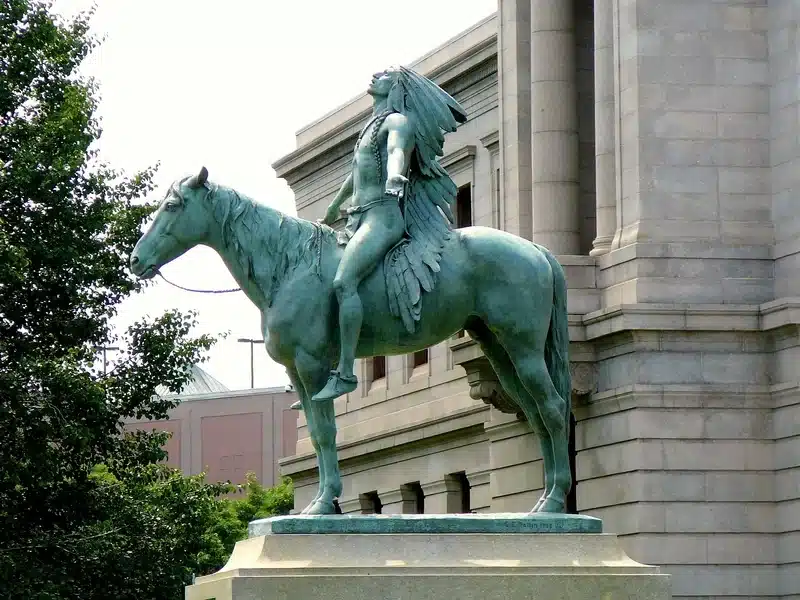
A few spots you shouldn’t miss:
- The beautiful lagoon where Swan Boats, run by the Paget family, have glided for over 100 years
- The Ether Monument by Arlington and Beacon Streets marks the first successful use of ether as anesthetic
- The grand George Washington statue on horseback near Arlington Street entrance
- More than 600 trees from over 100 different types, both local and from around the world
Right next door sits Boston Common, America’s oldest public park from 1634. This 50-acre space started as a cow pasture and training ground but grew into the heart of Boston’s history and culture. The Common has seen it all – from Revolutionary War riots to Vietnam War protests.
These days, people flock to the Common’s wide lawns, walking paths, and the famous Frog Pond. Kids splash in the pool during summer, and skaters take over in winter. History buffs love the Memorial to Robert Gould Shaw and the Massachusetts Fifty-Fourth Regiment, plus the Soldiers and Sailors monument on Flagstaff Hill.
These two parks are part of the “Emerald Necklace” – connected green spaces that Frederick Law Olmsted designed in the 1800s, stretching from Back Bay to Dorchester. He wanted to bring nature into city life.
Seafood lunch at James Hook & Co.
Time for real New England seafood. James Hook & Co. has served fresh catches since 1925 from their family fishery on Boston’s historic waterfront. Their spot at 440 Atlantic Avenue works as a store, restaurant, and wholesale business.
James Hook stands out because they catch and deliver seafood straight to restaurants and homes across the U.S.. This direct connection means we get the freshest seafood in Boston.
Their famous lobster roll comes in several styles:
- Regular with mayo: $27.99
- Large with mayo: $34.99
- Regular with butter: $35.99
- Large with butter: $39.99 (most popular)
Each roll has sweet, tender lobster meat on a classic New England hot dog roll, or a 5-inch bakery roll for the large size. The menu also has lobster mac & cheese ($30), shrimp cocktail ($15), crab rolls, and whole Maine lobsters starting at $45.
The lobster bisque is a must-try, available in 12oz ($10.99), 16oz ($15.99), and 32oz ($29.99). This smooth, rich soup has pureed lobster meat that packs intense flavor.
James Hook keeps it simple – great seafood in a casual spot with harbor views. It’s the perfect place to taste Boston’s seafaring heritage.
3 Days In Boston With Metropolitan Shuttle
Planning a 3-day group trip to Boston is seamless and stress-free with a charter bus rental from Metropolitan Shuttle. Whether you’re organizing a school tour, corporate retreat, or family reunion, having private transportation means your group can stay together, travel in comfort, and maximize every moment. With hotel pick-up and drop-off, plus a professional driver navigating Boston’s historic yet busy streets, your group can focus on soaking up the sights and making unforgettable memories together—while Metropolitan Shuttle handles the rest.
Conclusion
Boston is a city that rewards those who take time to explore it deeply. We spent three days walking through centuries of American history. The city’s world-class cultural institutions and unique neighborhoods each tell their own story.
Our trip started at the revolutionary landmarks along the Freedom Trail and the cobblestone streets of Beacon Hill. We explored the artistic treasures at the Museum of Fine Arts and soaked in Harvard Square’s scholarly atmosphere. The natural beauty of Boston’s parks and waterfront caught our eye before we celebrated America’s pastime at historic Fenway Park.
The schedule let us see Boston’s many sides at a relaxed pace. Getting around was easy thanks to efficient public transit and walkable streets. You should pack comfortable walking shoes to explore these historic paths.
Boston’s magic comes from its blend of past and present. Each area adds its own story to the mix – from the North End’s Italian heritage to the modern energy of the Seaport. The city shines in every season, from the blooming Public Garden in spring to the colorful fall foliage along the Harborwalk.
These experiences show why Boston holds such an important place in American culture. The city stays true to its revolutionary spirit and welcomes new ideas in its universities, museums, and creative spaces.
This itinerary is just the beginning – Boston offers a wealth of experiences that invite you back. Take extra time in each neighborhood and check out seasonal events that give you new reasons to visit this remarkable city again.
FAQs
Q1. What are the must-see attractions for a 3-day trip to Boston?
Key attractions include the Freedom Trail, Beacon Hill, Museum of Fine Arts, Harvard Square, Boston Public Garden, and Fenway Park. This mix covers Boston’s history, culture, and iconic landmarks.
Q2. Is public transportation a good option for getting around Boston?
Yes, Boston’s public transportation system is efficient and affordable. The subway (known as the “T”) is convenient for reaching most major attractions, costing just $2.75 per ride.
Q3. What’s the best area to stay in Boston for first-time visitors?
Downtown Boston or Back Bay are ideal for first-time visitors. These central locations provide easy access to major attractions, restaurants, and public transportation.
Q4. What’s a good option for experiencing Boston’s food scene?
Visit Quincy Market for a variety of local foods, try seafood at James Hook & Co., and explore the North End for authentic Italian cuisine. Don’t forget to taste a classic Boston cream pie or clam chowder.
Q5. When is the best time to visit Boston?
Late spring (May-June) and early fall (September-October) are ideal. The weather is pleasant, perfect for walking tours, and you can enjoy events like the blooming of tulips in the Public Garden or fall foliage along the Harborwalk.
